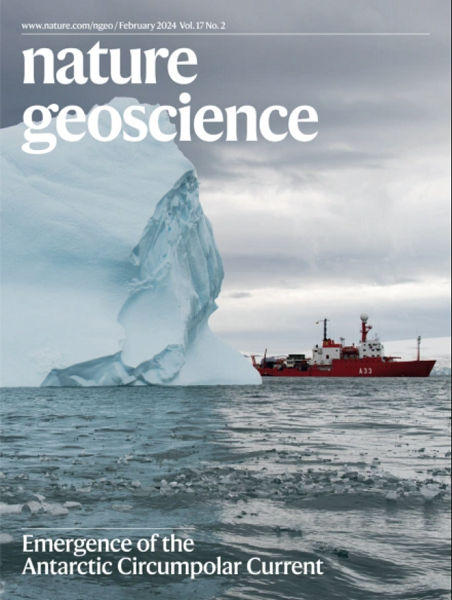Microbial physiology conserves phosphorus across long-term ecosystem development
IF 16.1
1区 地球科学
Q1 GEOSCIENCES, MULTIDISCIPLINARY
引用次数: 0
Abstract
Long-term terrestrial ecosystem development is characterized by declining soil phosphorus (P) and a corresponding increase in biological P limitation. The function of P-limited ecosystems relies on efficient use of P by soil microorganisms, but the physiological strategies used by microorganisms to manage P scarcity during ecosystem development are unknown. Here, by applying recent advances in soil metabolomic techniques to samples collected from a ~700,000-year chronosequence of ecosystem development in eastern Australia, we show that soil microbial physiological strategies for P efficiency include a high proportion of non-phosphorous membrane lipids along with substantial intracellular carbon storage. These strategies—which proliferate during primary succession and are maximized in retrogressive, P-depleted ecosystems—uphold microbial carbon limitation, triple modelled P-mineralization potential and can conserve close to double the P contained in the aboveground biomass of vegetation. These findings transform our understanding of terrestrial ecosystems by revealing a strong yet overlooked interplay between the ecophysiology of soil microorganisms and the long-term trajectory of ecosystem development. Microbial physiology conserves phosphorus by reducing phosphorus contributions in membrane lipids and increasing intracellular carbon storage during long-term ecosystem development, according to measurements of a ~700,000–year chronosequence across an Australian dune system.


微生物生理在长期的生态系统发展中保存磷
长期的陆地生态系统发展表现为土壤磷含量下降和相应的生物磷限制增加。限制磷生态系统的功能依赖于土壤微生物对磷的有效利用,但微生物在生态系统发展过程中利用的生理策略尚不清楚。在这里,通过将土壤代谢组学技术的最新进展应用于从澳大利亚东部生态系统发展的约70万年时间序列中收集的样品,我们发现土壤微生物的生理策略包括高比例的非磷膜脂以及大量的细胞内碳储存。这些策略——在初级演替过程中增殖,并在退化的贫磷生态系统中最大化——维持微生物碳限制,三重模型P矿化潜力,并可以保存接近两倍的植被地上生物量中所含的P。这些发现通过揭示土壤微生物的生态生理与生态系统发展的长期轨迹之间强烈但被忽视的相互作用,改变了我们对陆地生态系统的理解。
本文章由计算机程序翻译,如有差异,请以英文原文为准。
求助全文
约1分钟内获得全文
求助全文
来源期刊

Nature Geoscience
地学-地球科学综合
CiteScore
26.70
自引率
1.60%
发文量
187
审稿时长
3.3 months
期刊介绍:
Nature Geoscience is a monthly interdisciplinary journal that gathers top-tier research spanning Earth Sciences and related fields.
The journal covers all geoscience disciplines, including fieldwork, modeling, and theoretical studies.
Topics include atmospheric science, biogeochemistry, climate science, geobiology, geochemistry, geoinformatics, remote sensing, geology, geomagnetism, paleomagnetism, geomorphology, geophysics, glaciology, hydrology, limnology, mineralogy, oceanography, paleontology, paleoclimatology, paleoceanography, petrology, planetary science, seismology, space physics, tectonics, and volcanology.
Nature Geoscience upholds its commitment to publishing significant, high-quality Earth Sciences research through fair, rapid, and rigorous peer review, overseen by a team of full-time professional editors.
 求助内容:
求助内容: 应助结果提醒方式:
应助结果提醒方式:


